After being invited to another cluster school to speak at their introductory parent night for BYO, it has prompted me to start putting together materials for our Term 3 BYO Parent Night for the families entering the BYO years at Oakleigh State School.
Important first of all is to look at the curriculum and to realise that ICT is a General Capability
within the Australian Curriculum which means that ICT should be used in a myriad of ways within every learning area to investigate, communicate and create. This capability also refers to the need for students to be able operate effectively within an ICT environment applying social and ethical practices and protocols.
For those interested in understanding this further, this document is a Scope and Sequence showing how this should look right across the levels of learning. The image below also is an important one as it is a visual depiction of the curriculum, showing this General Capability and the Critical and Creative Thinking capability to which we have often referred lately whilst discussing STEM learning at Oakleigh State School.
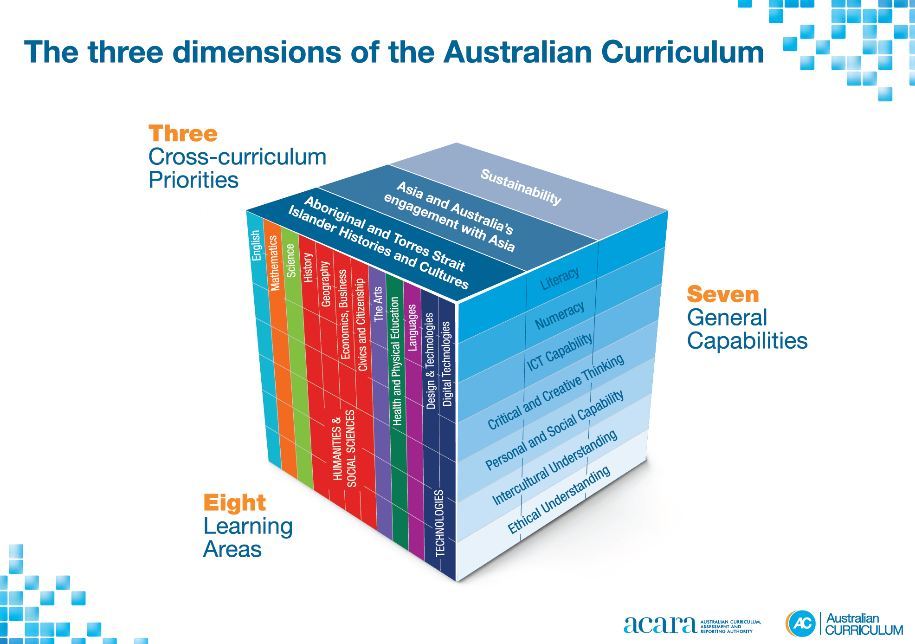
We now also have the Digital Technologies Curriculum,
mandated by Education QLD to be comprehensively implemented by 2020. As an “Early Launch School” of this curriculum and an early adopter, we have certainly seen the advantages of a personal device to supporting our students to become creators of digital solutions. This curriculum has a futures perspective and is very student focussed. This curriculum sits within the Technologies Curriculum – with three types of thinking being integral – computational thinking, systems thinking and design thinking. The term ‘coding’ is not mentioned in this curriculum – instead, students are supported to be able to:
- break down problems, remove abstractions, recognise patterns and a design a sequence of logical steps
- understand the systems that determine the effectiveness of digital systems
- be able to apply creative and critical thinking within a design process to effectively design and create a digital solution to a problem.
With our ambitious school vision guiding us through the next 4 years, this curriculum is a tremendous opportunity for us to strive towards supporting our students, parents and teachers in creating this legacy in the solutions (both digital and otherwise) that they create.

Being able to have a iPad as a personal device, whilst also having access to different kinds of school devices, provides our students with the skills and tools they need to be able to interact extremely effectively with this curriculum and to become the type of learner we wish to see.
Importantly, we have our Pedagogical Framework
which provides the research based framework for our teachers detailing the practices that make the biggest impact on teaching and leaning. Within this framework, we justify timely and effective feedback, goal-setting, differentiation, formative assessment and the importance of data. We know that there are clearly strategies and techniques that enable effective learning. This is the Oakleigh TOPS (The Oakleigh Pedagogical Standard) framework.
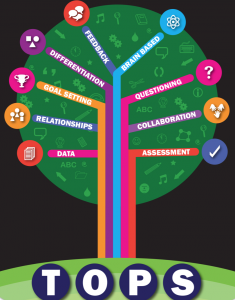
The framework guiding teachers in their use of technology – the SAMR model
has been key to our professional learning for our teachers. This model differentiates between the uses of technology that can simply enhance learning or transform learning. We are aiming for use of technology that would not be possible without the use of technology. Examples include
- creating and publishing a digital book that is then uploaded to the iBooks store – allowing global connections and real feedback
- using a feedback tool that allows for different kinds of timely and effective feedback – audio, written or annotations.
- using technology to promote metacognition – mind mapping or recording of thoughts
- using technology to ‘make thinking visible’, using an app like ‘Explain Everything’ to record the screen and articulations about their understandings.
- using technology
- using a spreadsheeting tool that allows instant visual representation of data – supporting deeper comprehension of concepts
- using technology to promote goal setting as students use a combination of tools to document, and then demonstrate the journey towards a goal.
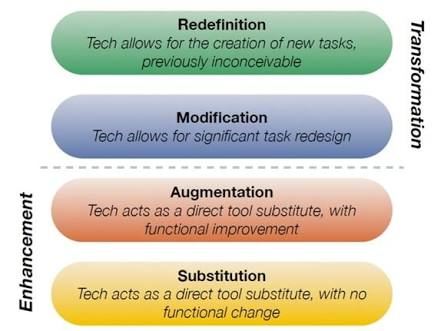
Aligning effective pedagogy and the use of technology
This work represents where we were in 2015 but is significant as it shows the importance we placed on pedagogy when using technology.
Education has changed and so it should.
Our students are facing a future in which the reality is distinctly different to the world into which we walked on exiting school. We hear forecasts of 40% of current jobs no longer existing. Our planet is facing a myriad of challenges and our students of today are going to need to contribute to solutions that to address these. This might even mean that our students need to be creative and innovative enough to create their own job. No longer is it good enough for students to sit passively, consuming content. No longer is it good enough for students to be unable to experience the opportunities that technology presents.
Our students need to be active learners who are creative and curious. They need to be able to communicate effectively, collaborate expertly and innovate in agile ways. They need to be expert users of technology and to be critical and analytical of the world around them. Another blog post within this TechWEB – STEM: What and Why outlines the skills that will be the most desirable (Also published here on the State Library’s Design Minds website).
Within our BYO program, we have been on a 5 year journey to ensure that technology is used in ways that enhance the mindset, skillset and toolset that our students need. Everyday examples include:
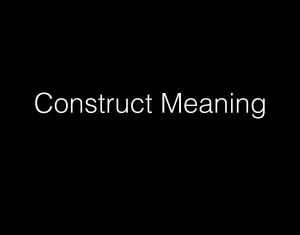
Students create their own digital books to show their research and creations in a range of curriculum areas. These digital books contain audio, movies, text and images.
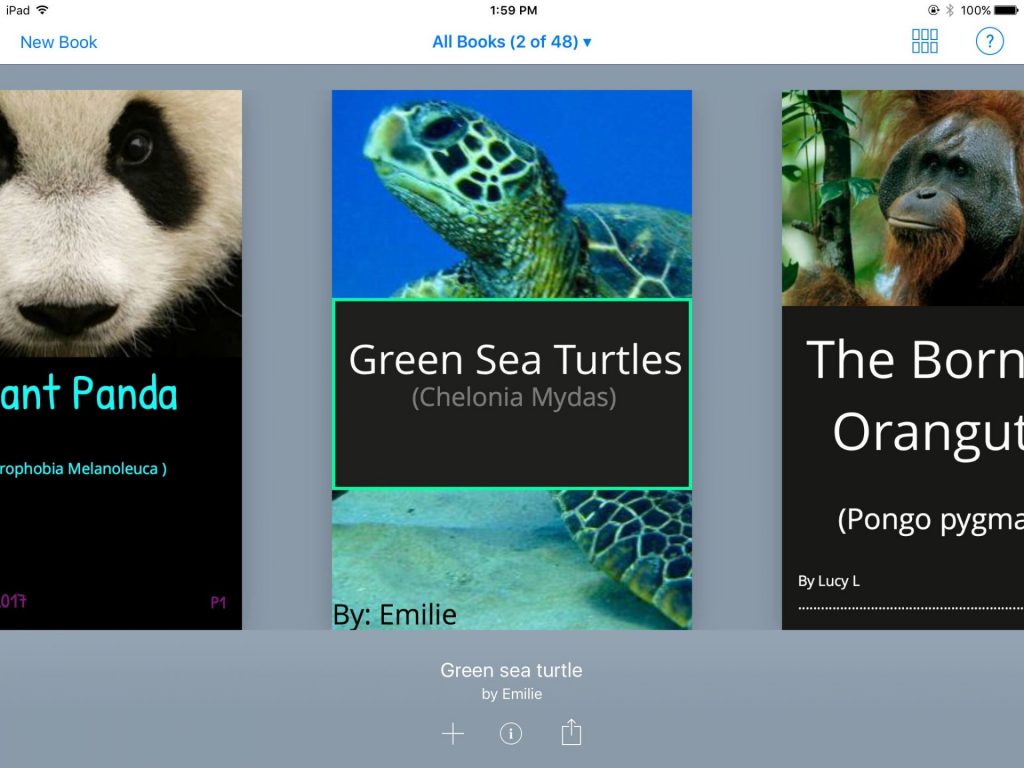
Students create movies to represent their understandings. In the case below, the students were working in English to learn about persuasive techniques:
“Explain Everything’ is an app that enables thinking to be made visible – recording the screen in addition to the audio:
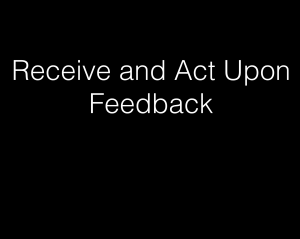
Year 4 students whilst learning their number facts use a range of techniques including rote learning with pencil and paper. They set goals for themselves recording within Book Creator and then create ongoing tables of their results which then display their changing results as graphs.

Showbie is a management tool which is used by our BYO classes which allow the teachers to provide feedback in a number of forms – audio, written, text and annotations.
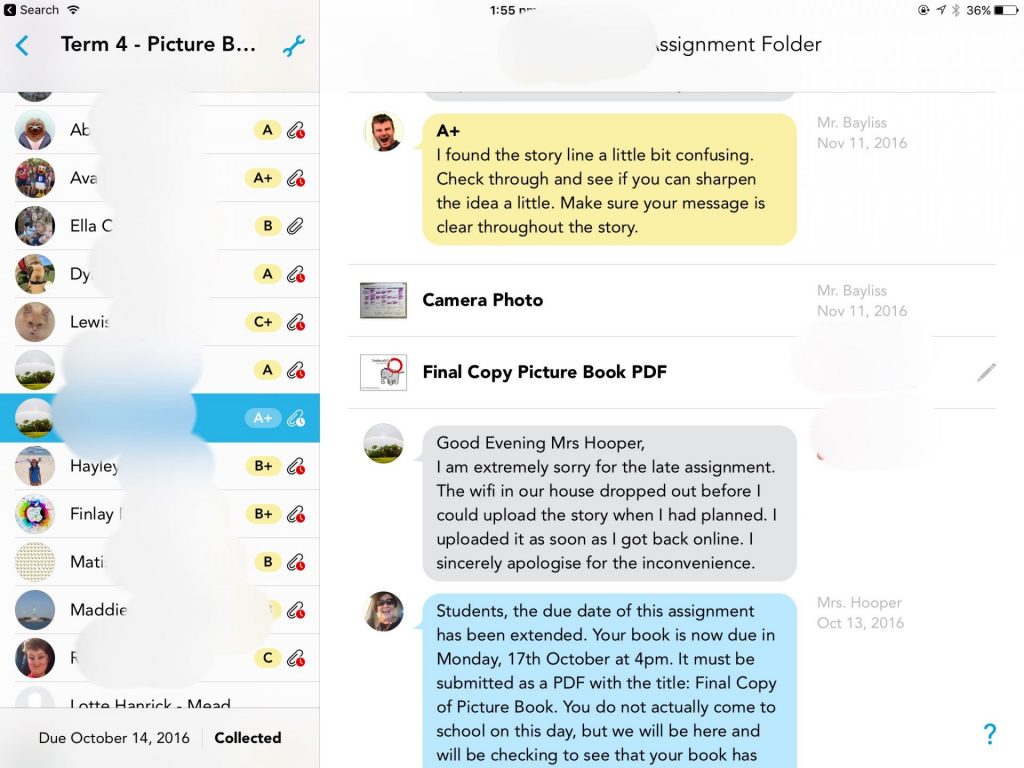
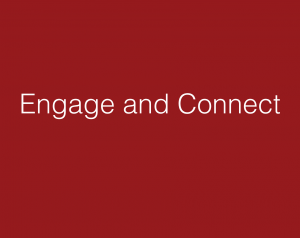
Our Year 6 children create a digital book in English which represents one of our ‘You Can Do it’ concepts. They created digital art for their storybooks which were then published to the iBooks Store, prompting Apple to create a special category for student created books:

Students created digital games to represent the fantasy genre. This also enabled some exploration of concepts within the Digital Technologies Curriculum:
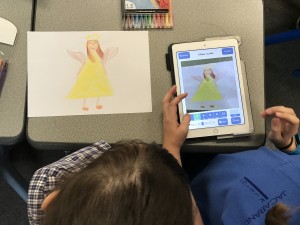
Students create their own blogs to explore leadership and other areas of the curriculum – receiving feedback from teachers and peers on their writing.


Students create a range of products to show their understandings. In this case, a Book Creator file has been exported as a movie file.
A student choosing to create a digital game to represent his understanding of a Maths concept.

Teacher created iBooks which enable students to receive support, to access materials from home for preview or review and to write notes about their understandings.


Digital solutions being created within a range of curriculum areas.
Supporting inquiry and design in Science:
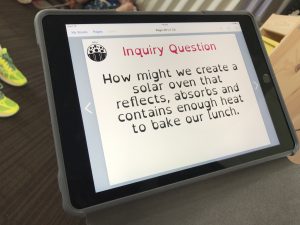
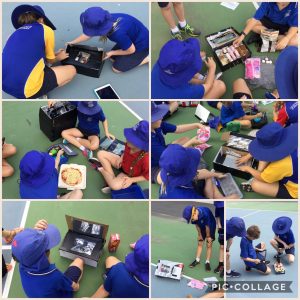
A video of some slides shown at last year’s BYO Parent Night:

